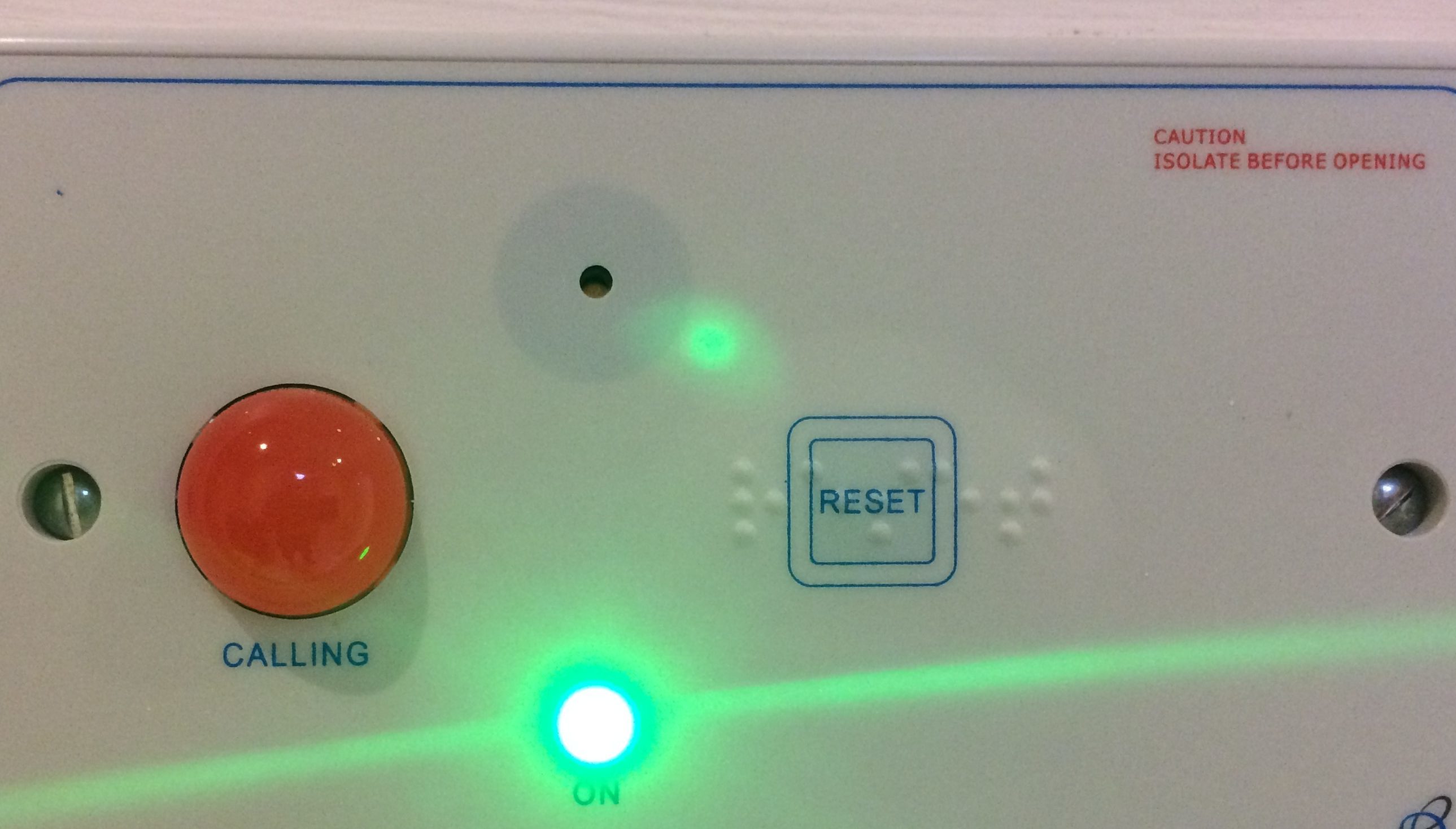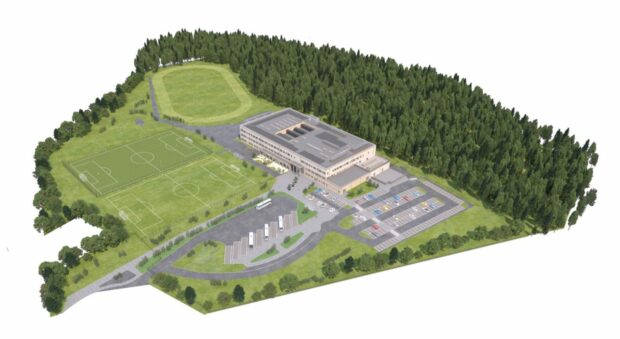Angus workers who respond to panic buttons in more than 4,000 homes have been told by bosses they are “not” an emergency service.
The Angus Community Alarm, which provides 24-hour cover to disabled or elderly people in a home emergency, is changing this month.
Unions have met managers of the new Angus Health and Social Care Partnership to raise fears that cuts to alarm shifts will endanger clients and put responders at risk.
They have asked that the service be exempt from a redesign of “help to live at home” provision, which will see up to 180 staff reapply for 96 jobs, but the request has been refused.
A leaked response to the unions said: “There is a view that community alarm (CA) staff are an emergency service requiring a unique skill set. This is not the case.
“Although CA staff are expected to respond rapidly to incidents, some of which will be serious, the response expected at the scene is to provide personal care and assistance and, if necessary, call for medical support.
“There is no greater expectation on CA social care officers than is the case for social care officers in other parts of the homecare service, who work singly.”
After announcing plans to reduce each two-person locality shift to one social care officer at a time, the partnership has agreed another employee can be pulled from “non-urgent” duties in case of emergencies.
Each community alarm team deals with hundreds of calls per month in their part of Angus and one staff member, who asked to remain anonymous, said the majority of those required two people to attend.
“I would say that nine out of 10 service users need two people to safely deal with most of the situations we encounter,” they said.
“Quite often we are then calling out an ambulance, but the basic problem is that the people cutting the service and doing away with so many staff haven’t got a clue what community alarm actually does.”
Brechin community campaigner Jill Scott said the Community Alarm is “absolutely an emergency service”.
“Every time a person needs to wait on another general member of staff coming to help lift a service user is a delay, and people should not stand for that,” she said.
Mrs Scott said the issue has caused her to stand as a local independent councillor in May’s elections.
Brechin and Edzell councillor Bob Myles said: “We will be keeping an eye on these changes.
“People have been used to a very high level of service from the community alarm staff, and this must continue.”
A spokesman for the partnership previously said its plans will see a more efficient service created.










